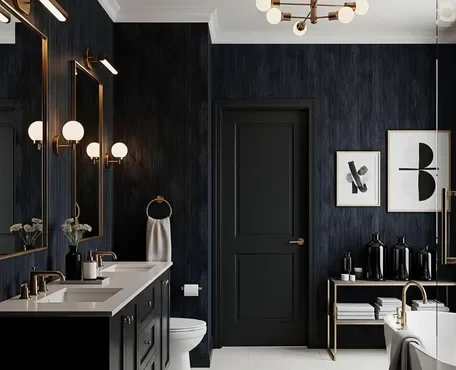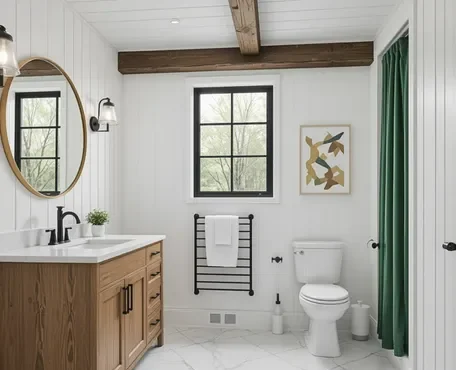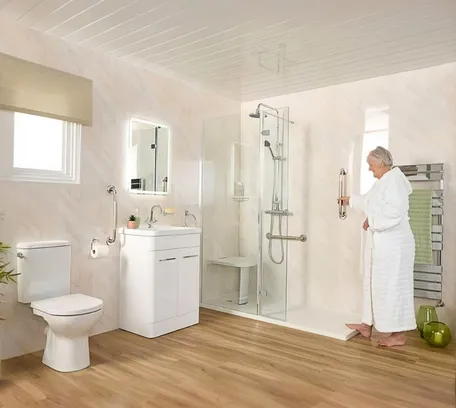
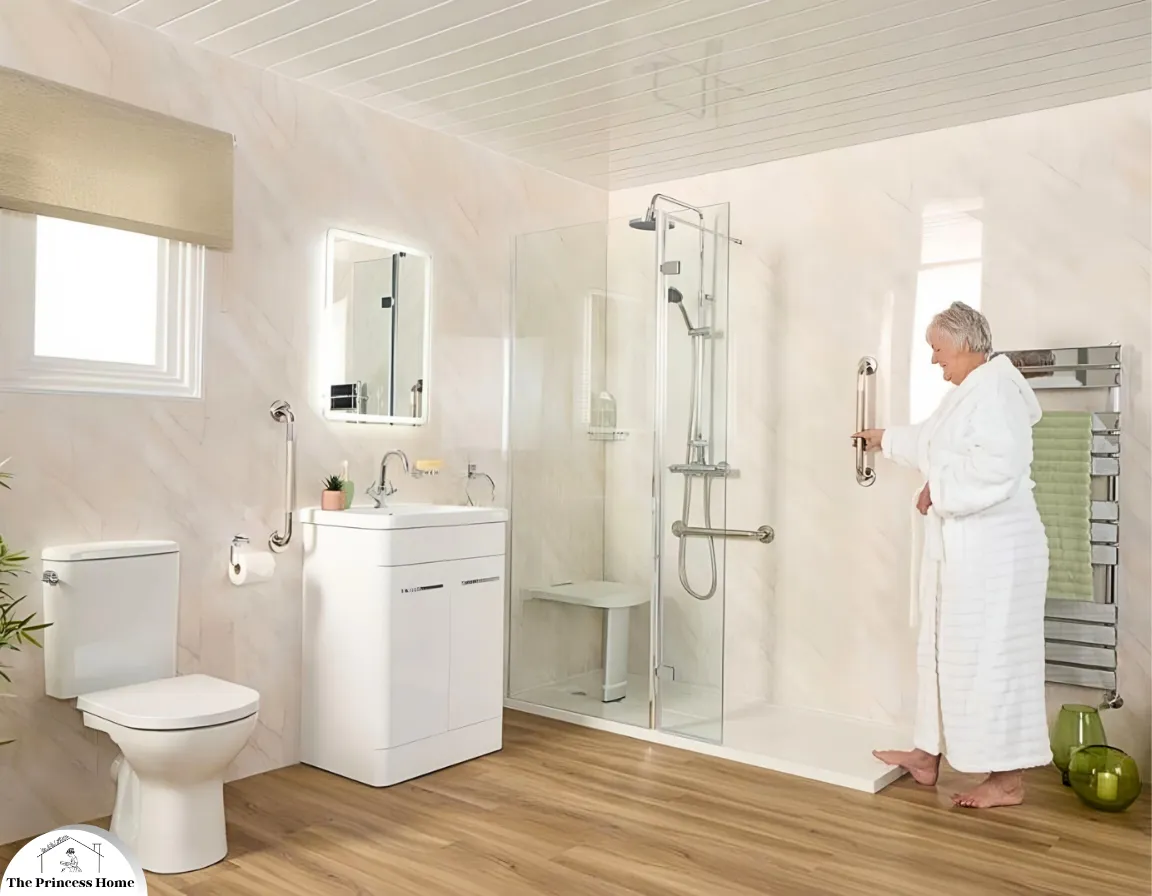
Bath Safety 21 Tips: Creating a Secure and Comfortable Bathroom
A bathroom should be a sanctuary—calm, private, and functional. Yet, it’s also one of the most accident-prone areas in the home, especially for young children, elderly family members, and individuals with mobility challenges. The combination of water, slick surfaces, and hard fixtures makes bath safety a top priority for households of all sizes and compositions. Fortunately, there are numerous ways to create a bathroom space that’s both safe and inviting for all ages. Here are 21 detailed bath safety tips to help transform your bathroom into a secure and comfortable environment for every member of your household.
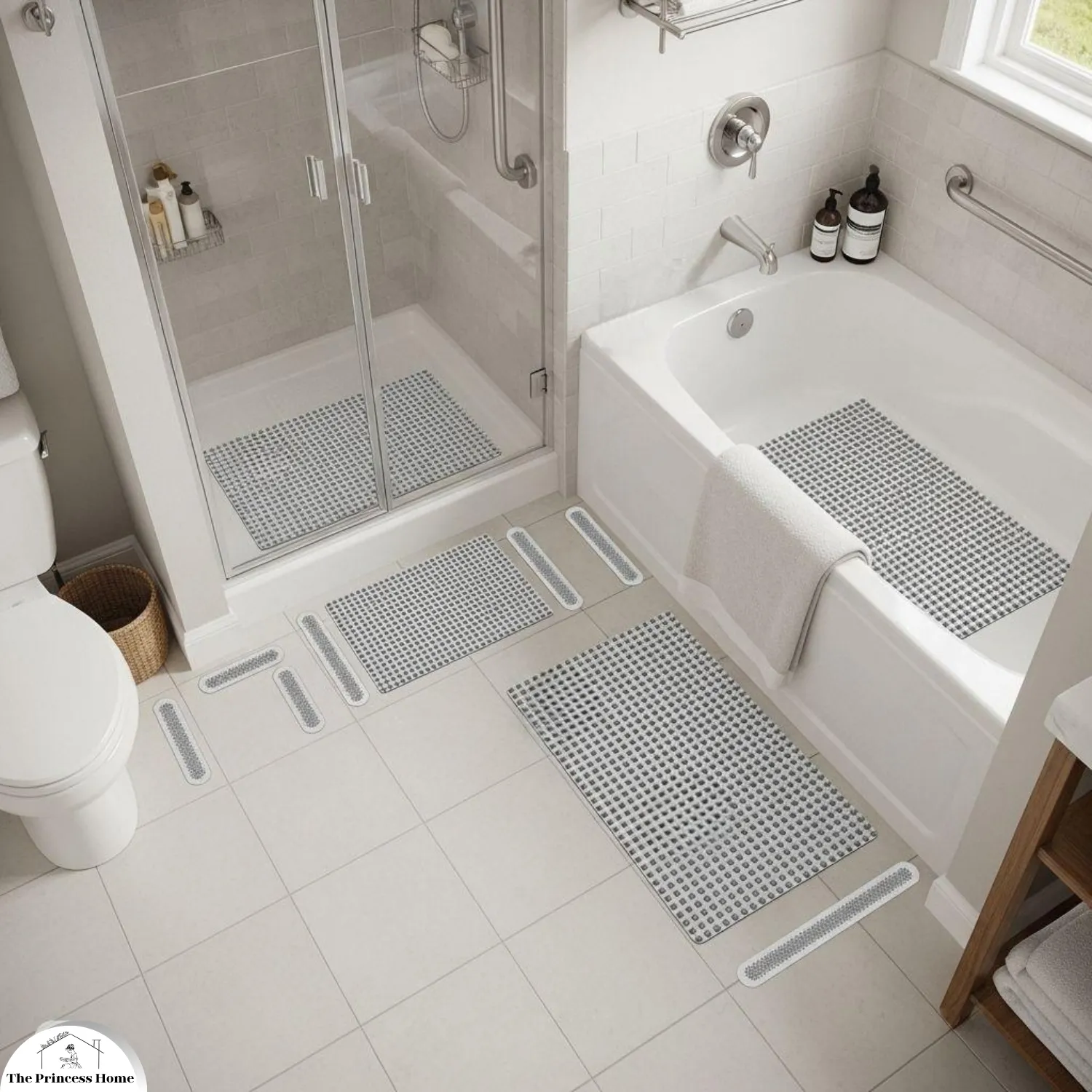
1. Install Non-Slip Mats and Strips
Slippery floors are a common hazard in bathrooms. Place non-slip mats inside the tub or shower and use adhesive strips on smooth tile flooring to provide traction.
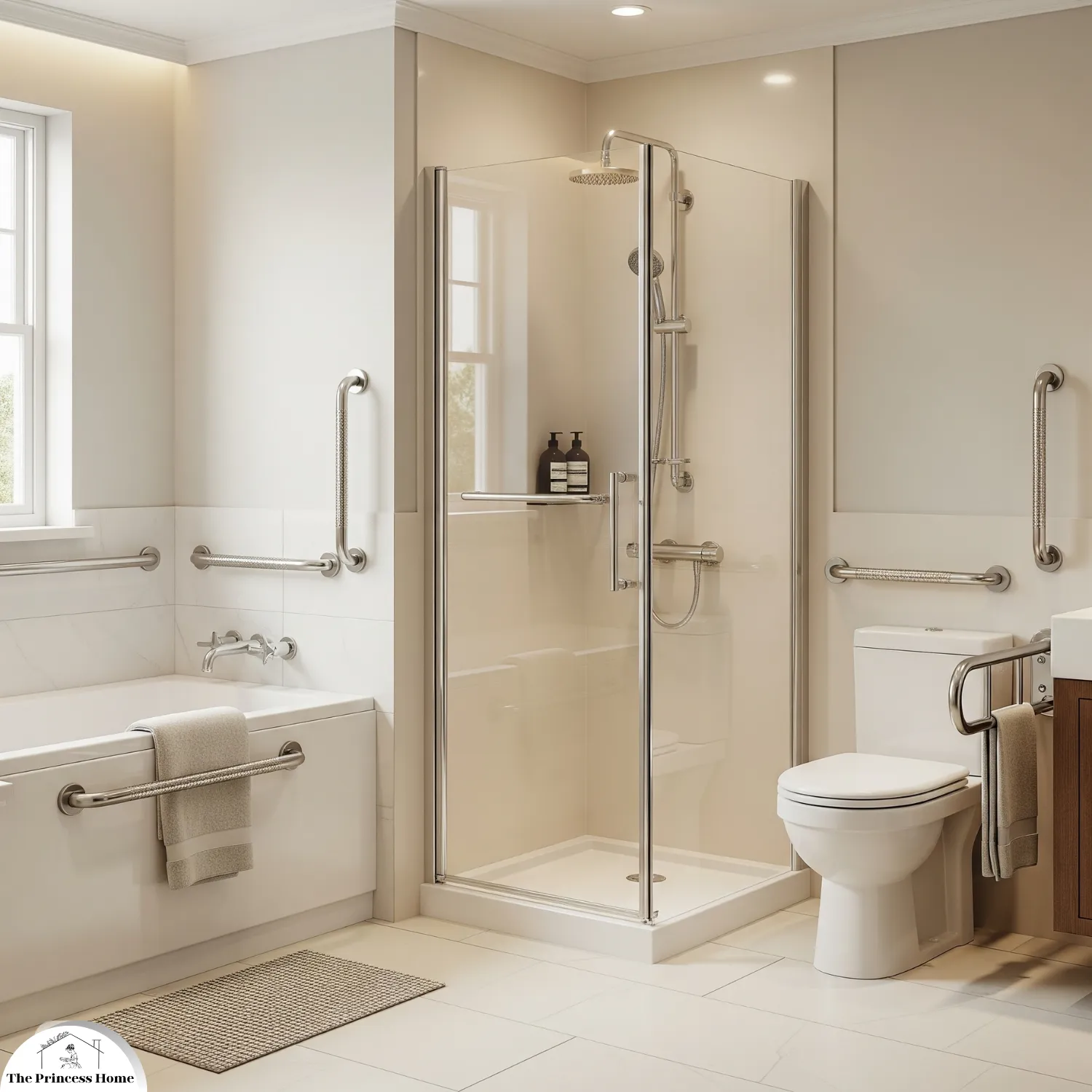
2. Use Grab Bars Strategically
Install grab bars near the toilet, inside the shower, and by the bathtub. These sturdy supports help individuals balance, sit, and rise more safely. Ensure they are anchored into wall studs for maximum support.
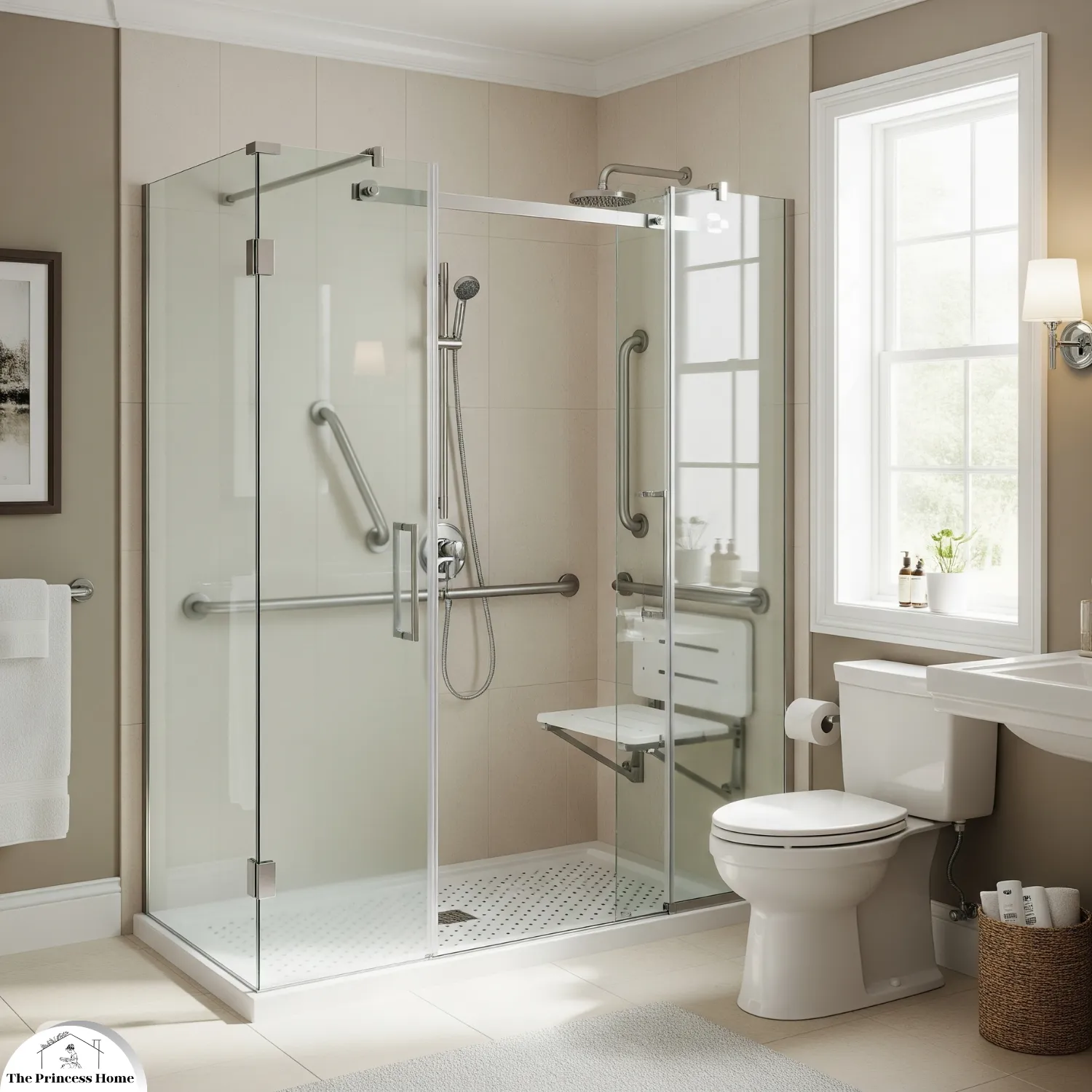
3. Opt for a Walk-In Shower or Tub
Consider converting a traditional tub into a walk-in model, especially for seniors or anyone with mobility limitations. Walk-in designs reduce the risk of tripping over high edges.
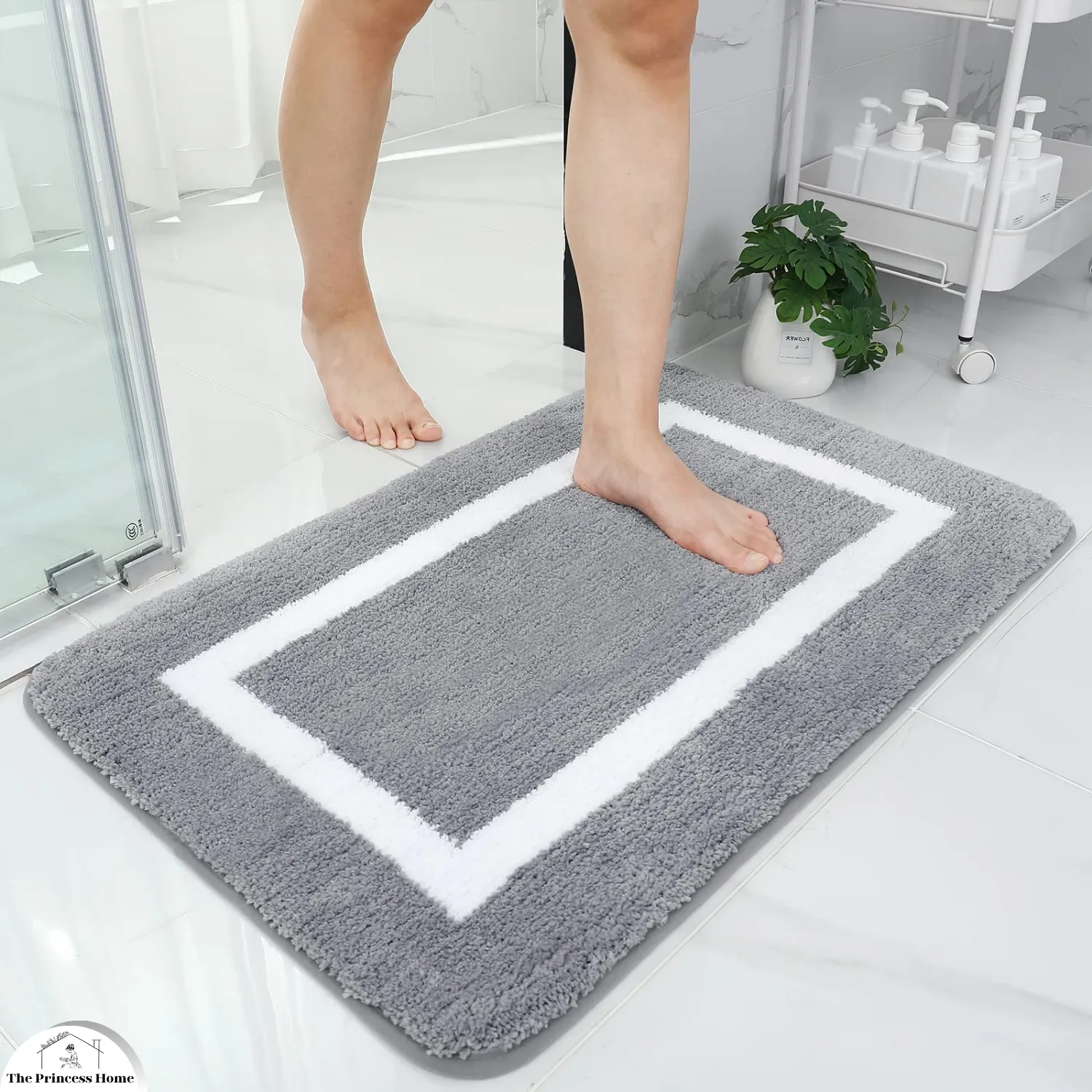
4. Keep the Floor Dry
Water on the floor poses a significant slip risk. Use absorbent, quick-drying bath rugs and remind family members to wipe up any spills immediately.
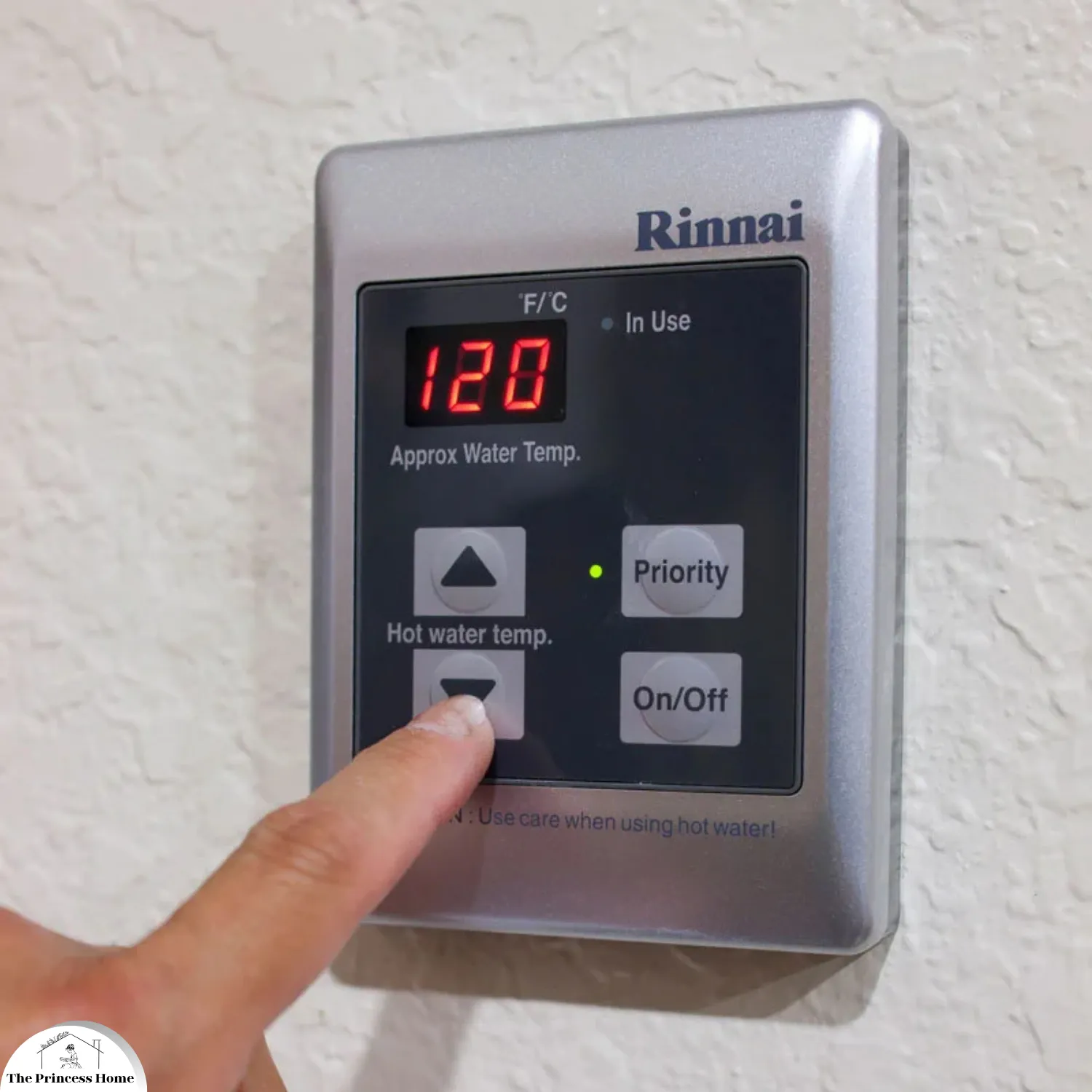
5. Lower Water Temperature Settings
Set your water heater to a maximum of 120°F (49°C) to prevent accidental scalding, especially for children or seniors who may not react quickly to hot water.
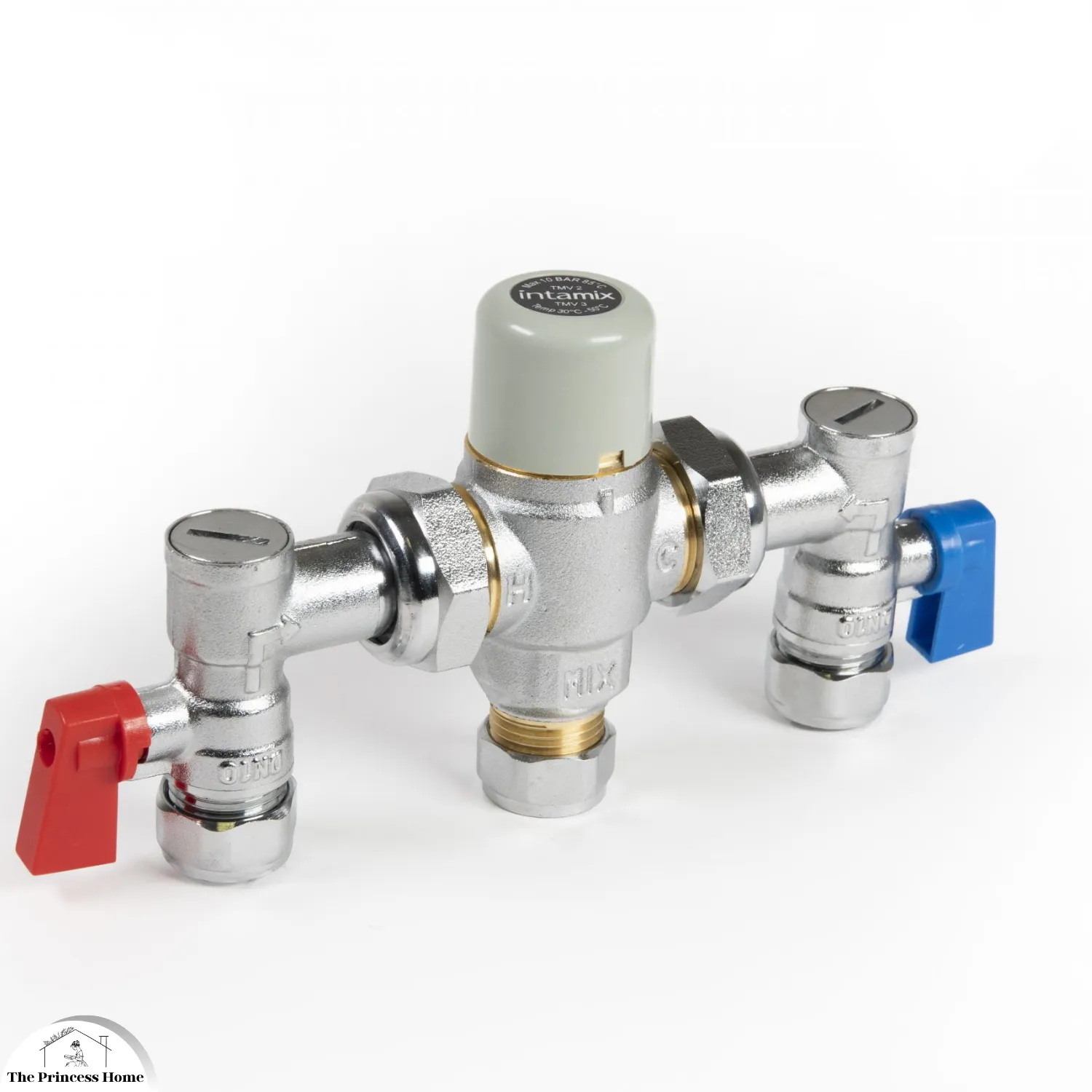
6. Use Anti-Scald Devices
Install anti-scald valves or temperature-regulating faucets to maintain consistent water temperatures and prevent sudden bursts of hot water.
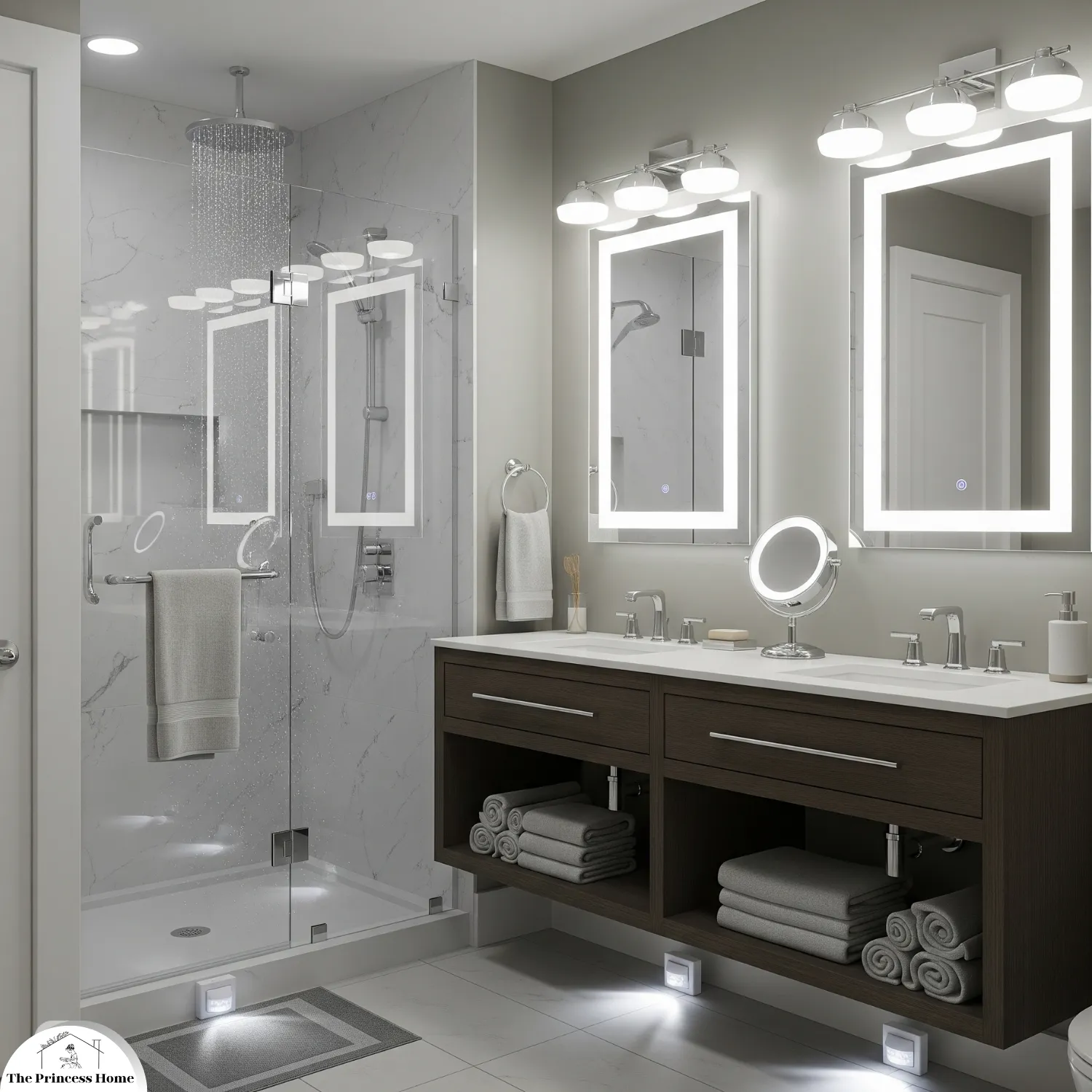
7. Ensure Adequate Lighting
Proper lighting is essential for safety. Use bright, glare-free lighting around mirrors, vanities, and in the shower. Motion-sensor nightlights can help during nighttime visits.

8. Secure All Rugs
Loose rugs are a tripping hazard. Use non-slip backing or secure rugs with double-sided tape to keep them firmly in place.
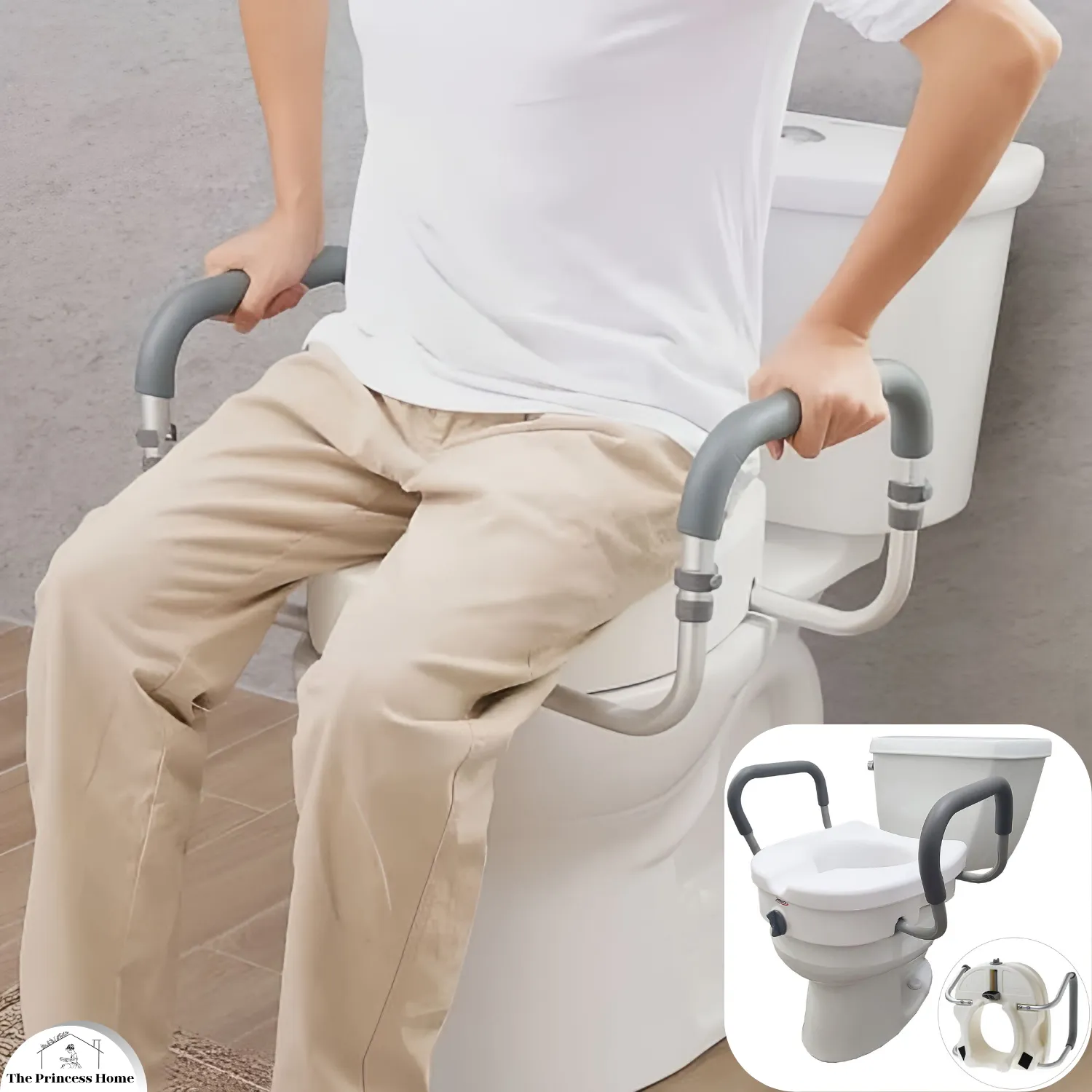
9. Choose a Raised Toilet Seat
A raised or elevated toilet seat makes it easier and safer for elderly users or those with joint pain to sit and stand. Consider models with side armrests for added support.
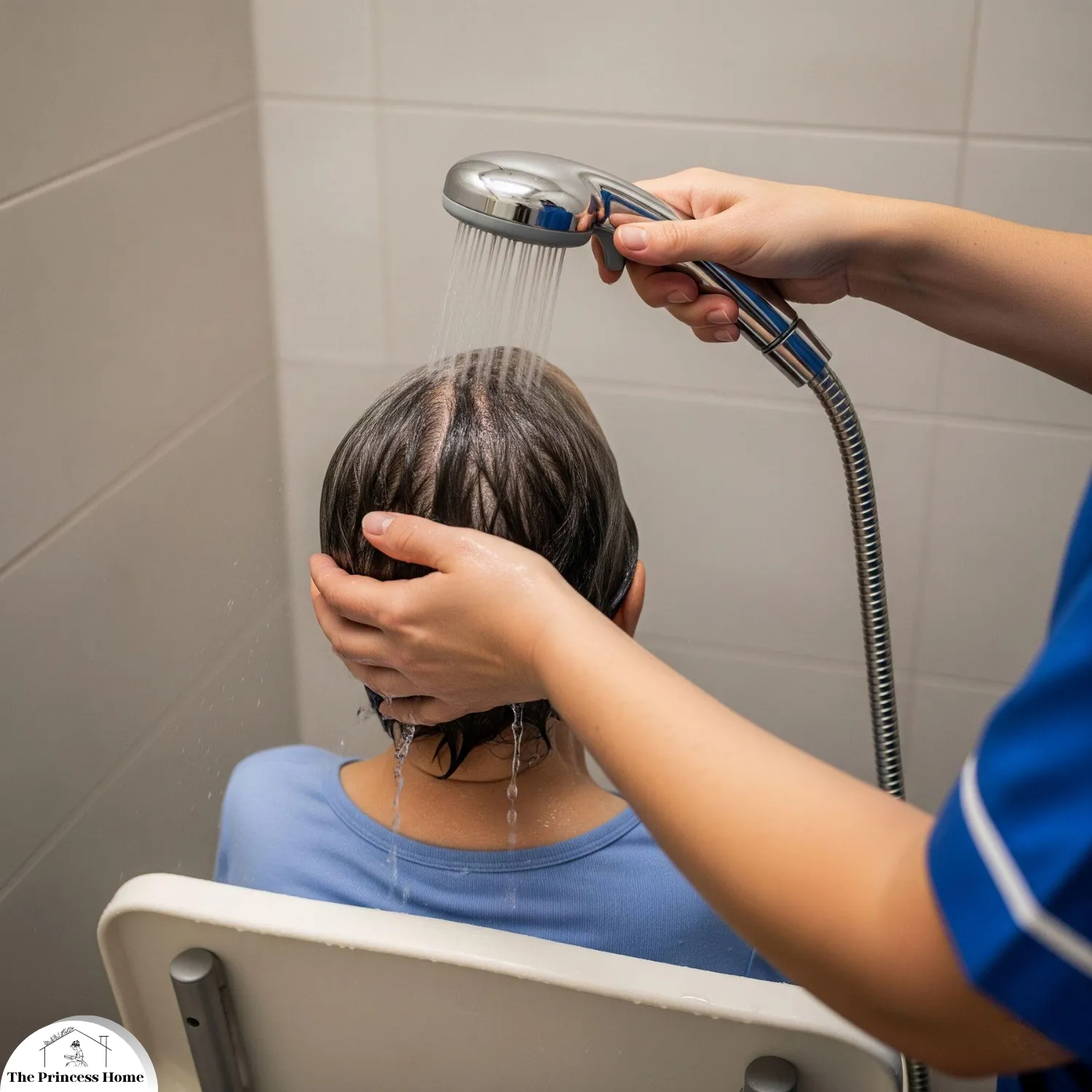
10. Install a Handheld Showerhead
Handheld showerheads allow for greater control and flexibility, making them perfect for children, elderly users, or caregivers assisting someone with bathing.
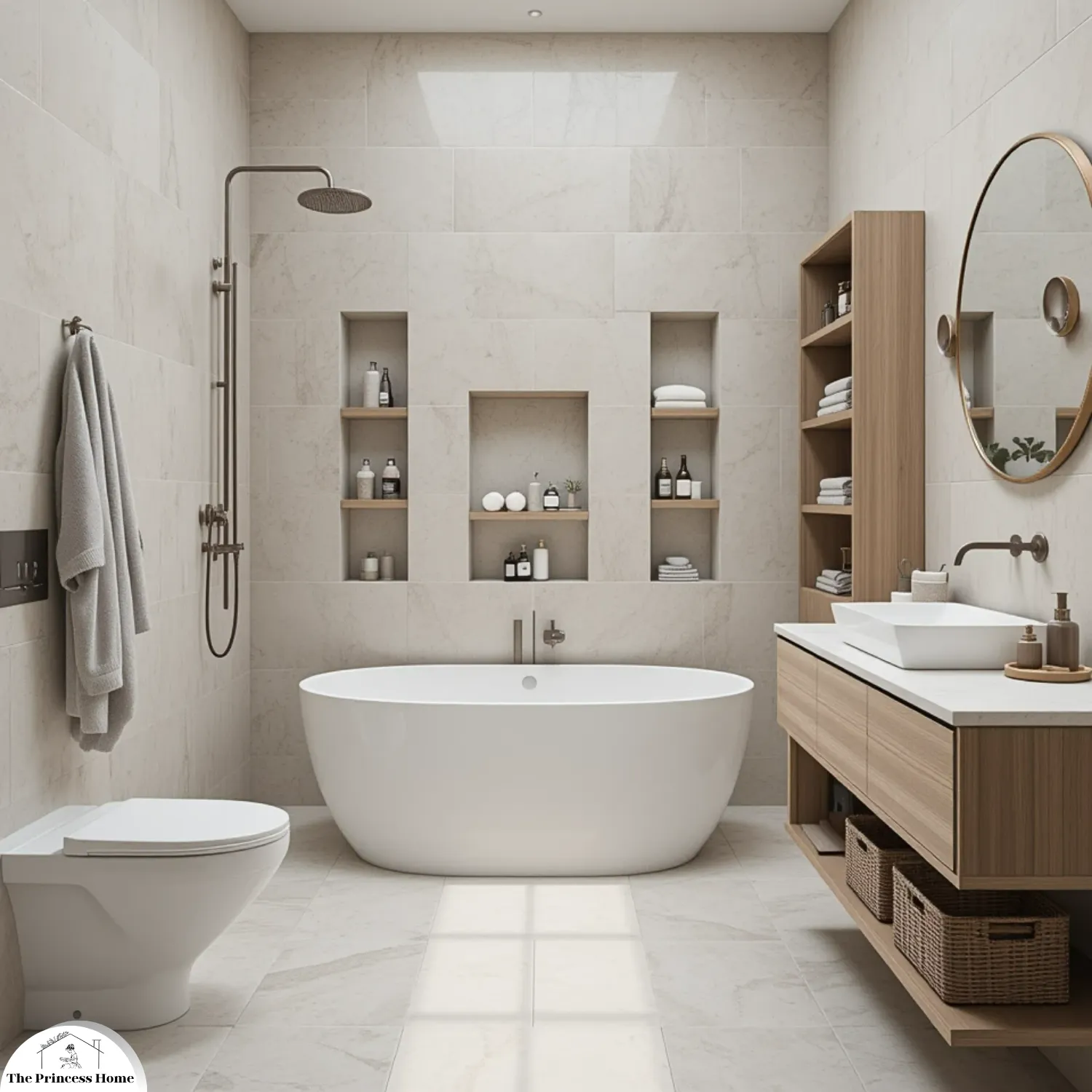
11. Keep Essentials Within Reach
Avoid overreaching or stretching by placing toiletries and towels within easy reach. Use caddies, built-in niches, or accessible shelving to store items safely.
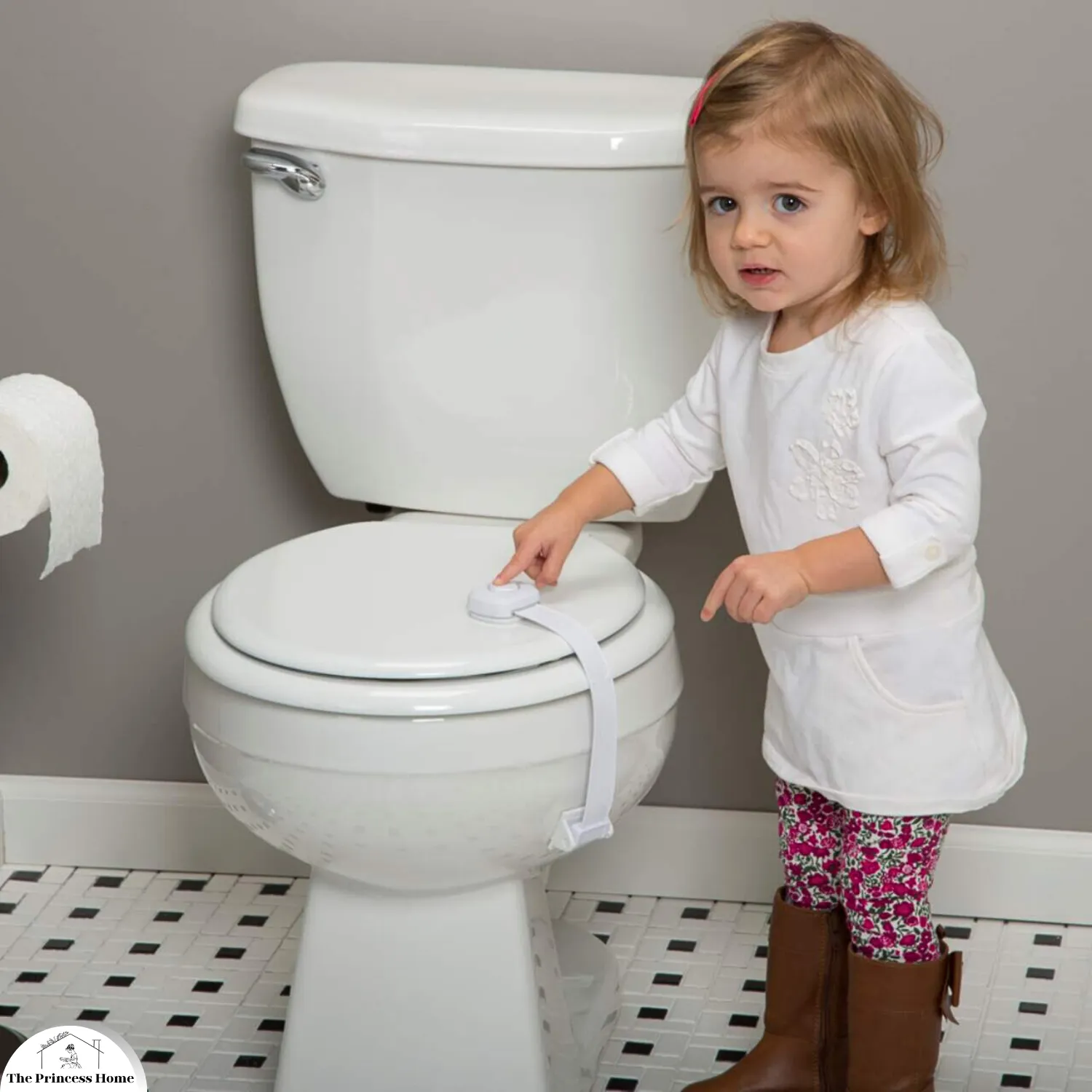
12. Childproof the Bathroom
Use cabinet locks, toilet lid locks, and faucet covers if you have young children. Always store cleaning supplies and medications out of reach or in locked cabinets.
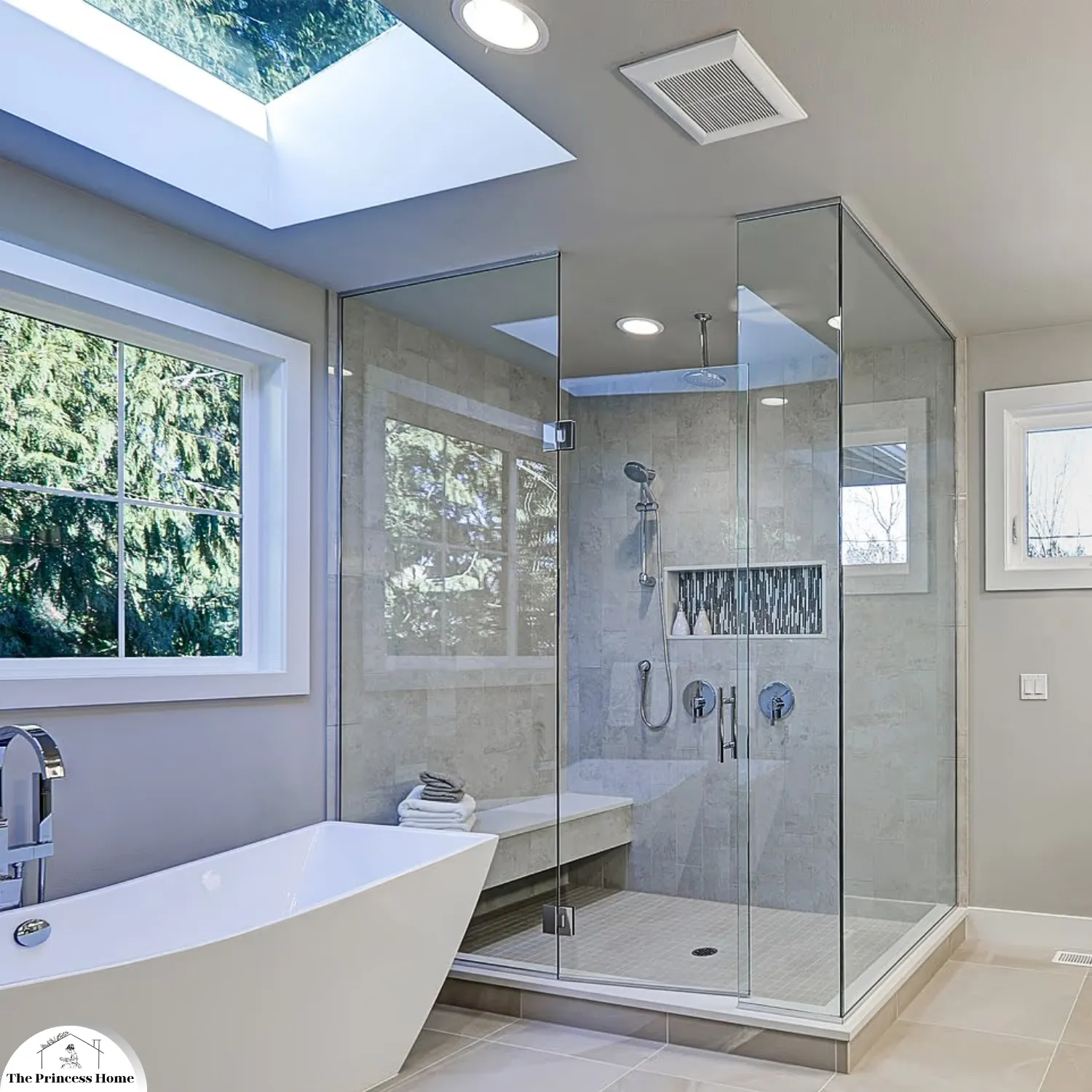
13. Maintain Ventilation
Proper ventilation reduces humidity, which can cause mold and slippery surfaces. Install or regularly clean an exhaust fan to maintain air quality and reduce moisture.
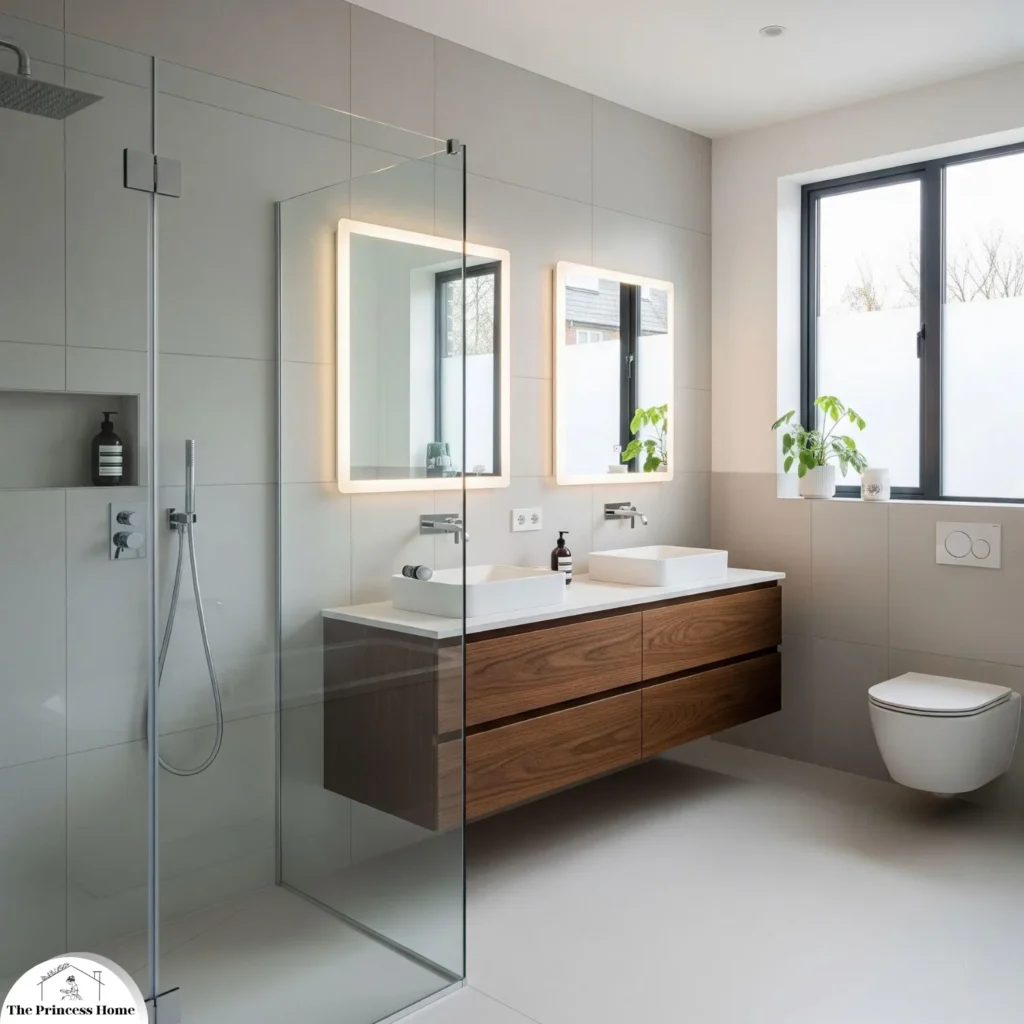
14. Use Shatterproof Glass
If your bathroom has glass shower doors or mirrors, choose shatterproof or tempered glass options. These materials break into blunt fragments, reducing injury risks.
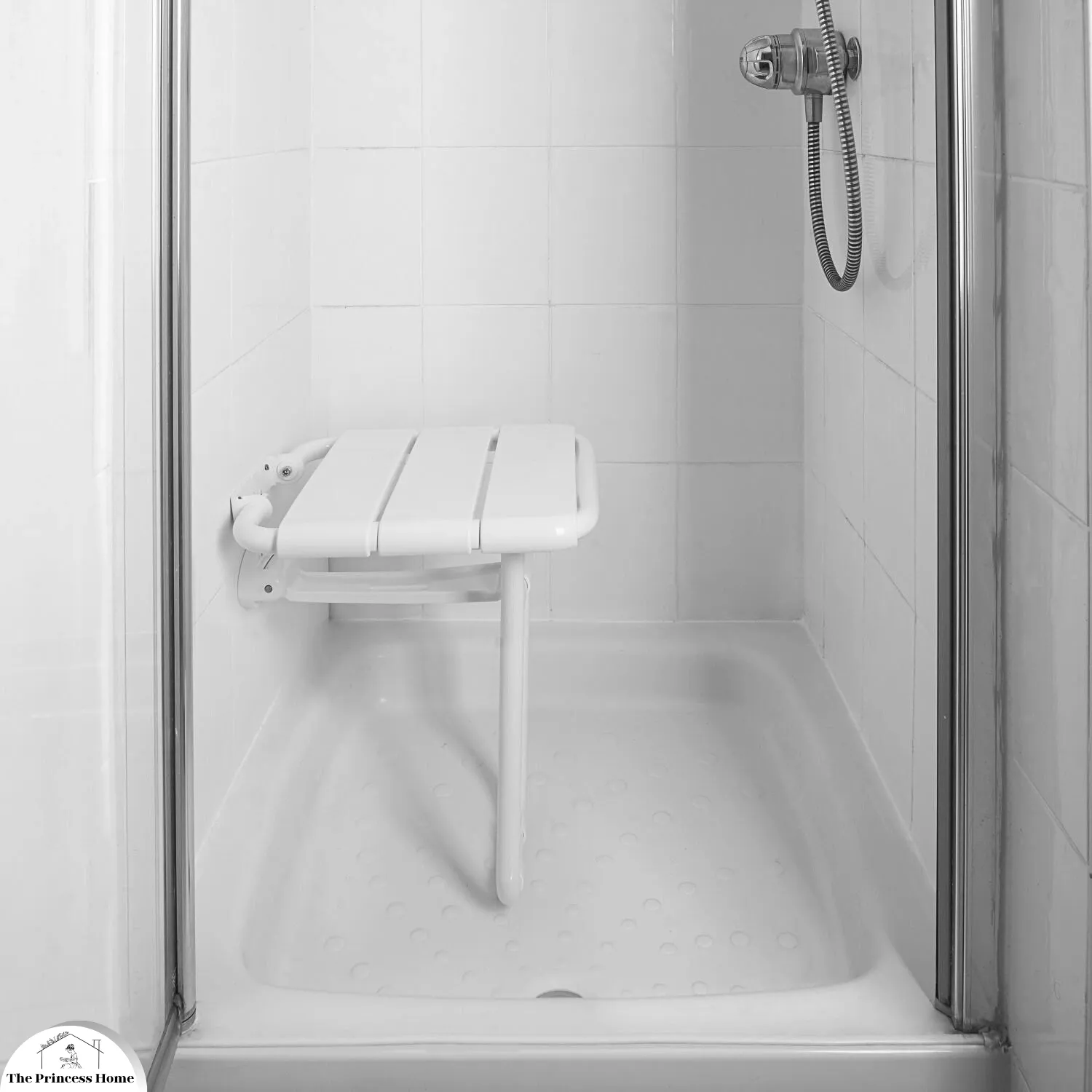
15. Add a Shower Seat or Bench
A sturdy, waterproof shower bench provides a resting place and makes bathing easier for those who may have difficulty standing for long periods.

16. Keep Electrical Devices Away from Water
Store hair dryers, electric razors, and other appliances far from sinks and bathtubs. Use GFCI (ground fault circuit interrupter) outlets for added protection from electrical shocks.
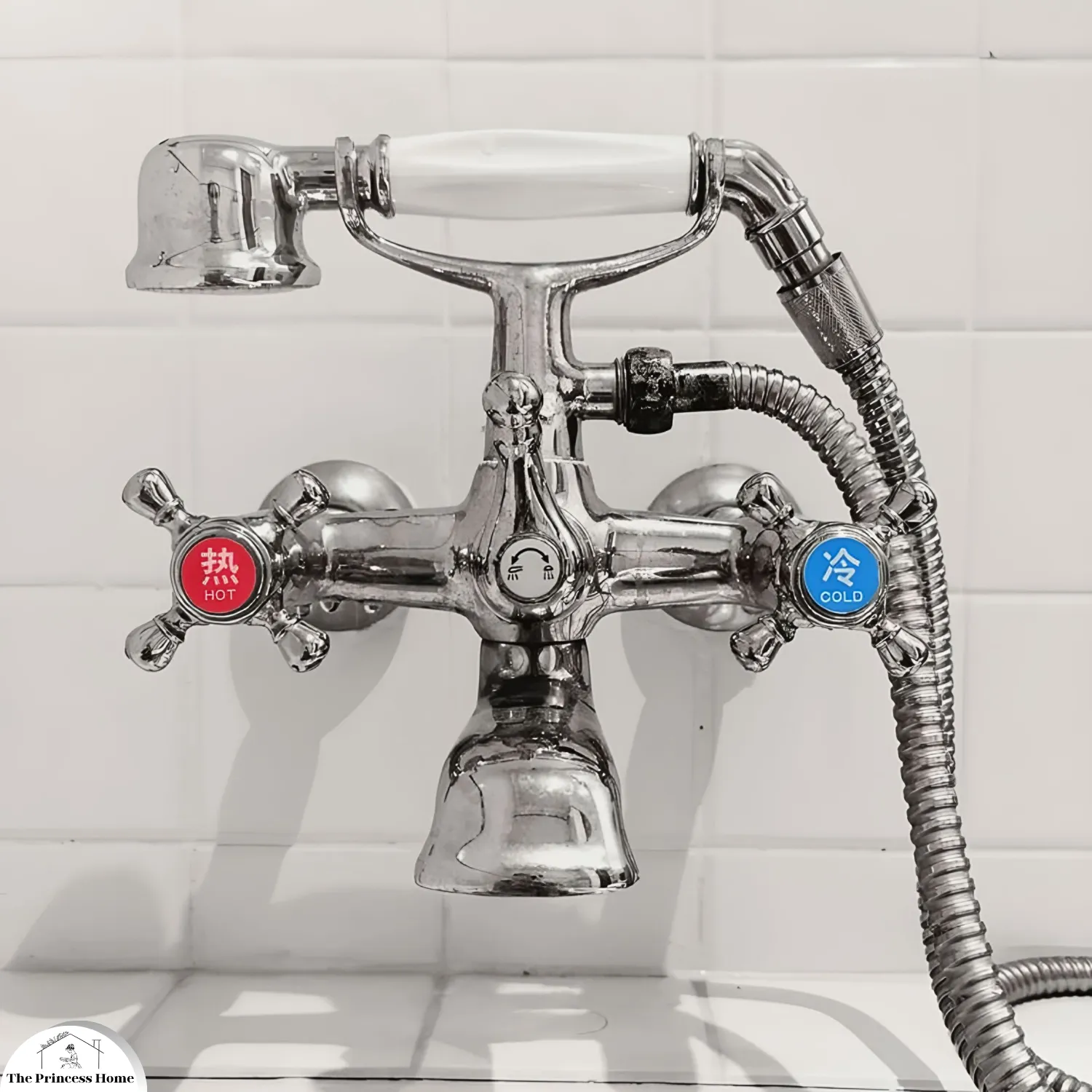
17. Label Hot and Cold Taps
Clearly label hot and cold water faucets to avoid confusion, especially for children and seniors. Color-coded stickers or handles can help.
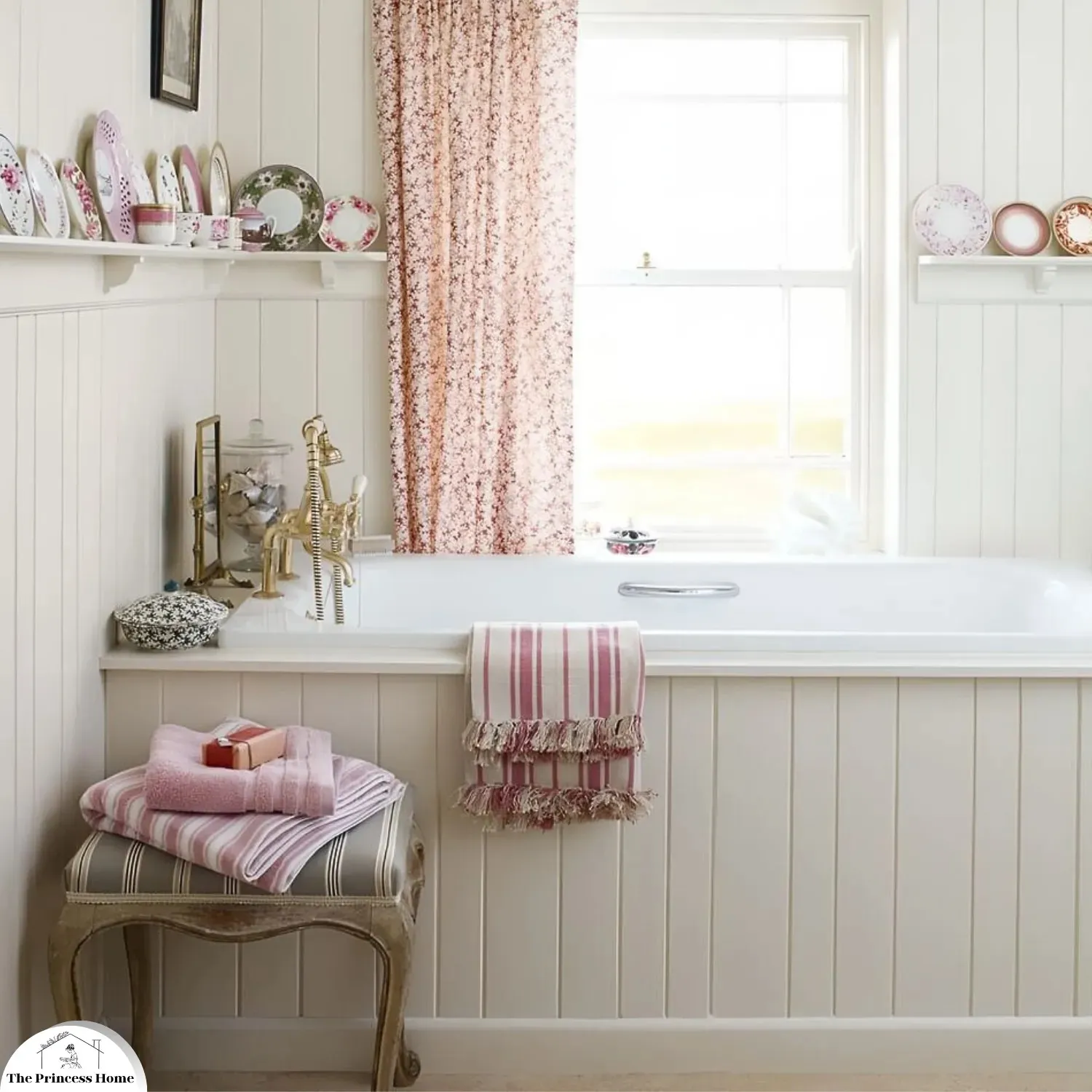
18. Create a No-Rush Zone
Encourage unhurried use of the bathroom. Rushing often leads to slips and falls. Consider adding a small bench or stool just outside the bathroom for dressing or resting.

19. Perform Regular Safety Checks
Inspect grab bars, rugs, lights, and appliances monthly to ensure they’re still secure and functional. Address any wear and tear immediately.
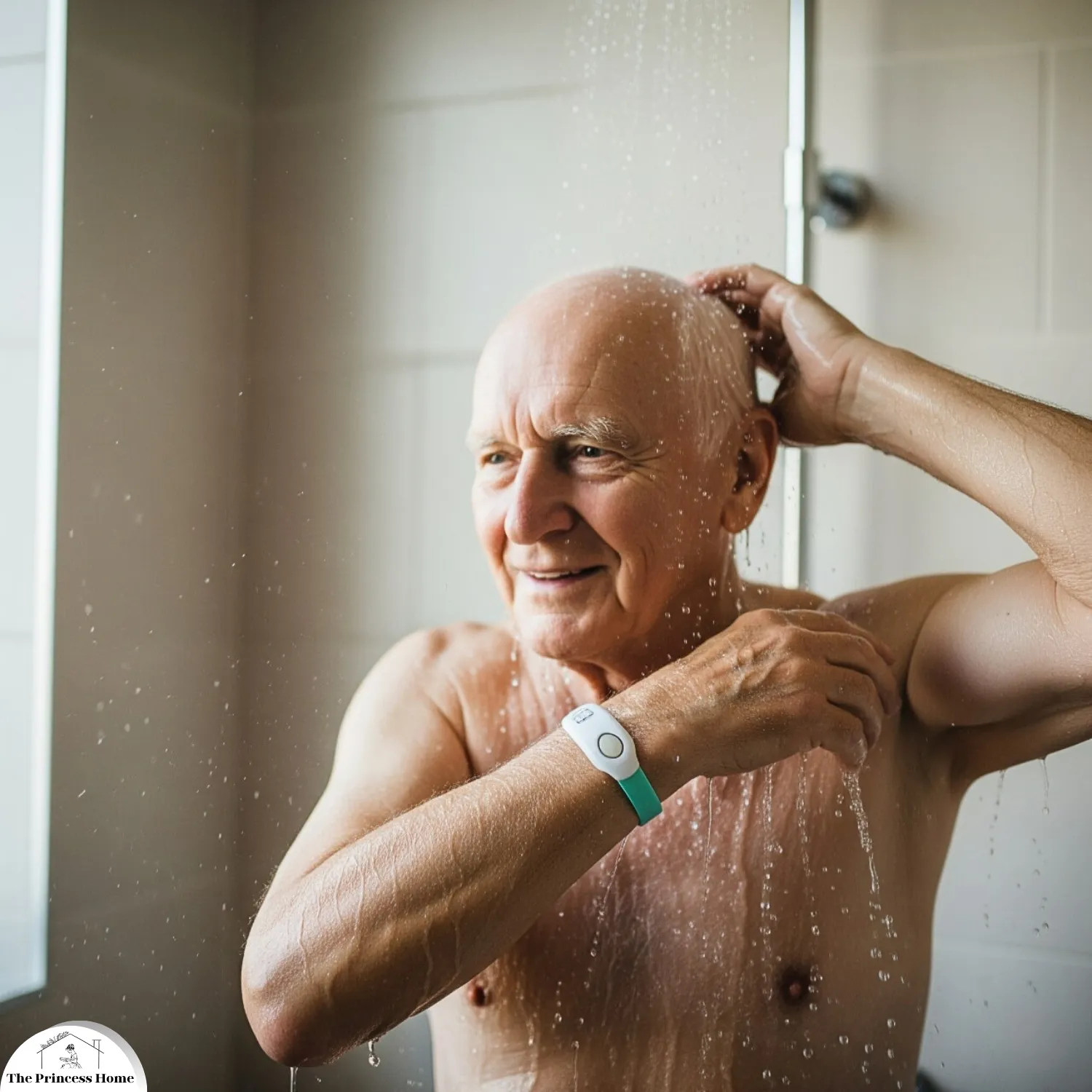
20. Keep Emergency Numbers Handy
For older adults or those with medical conditions, keep emergency contact numbers in a visible, waterproof spot. A medical alert button worn during bathing is also a smart choice.
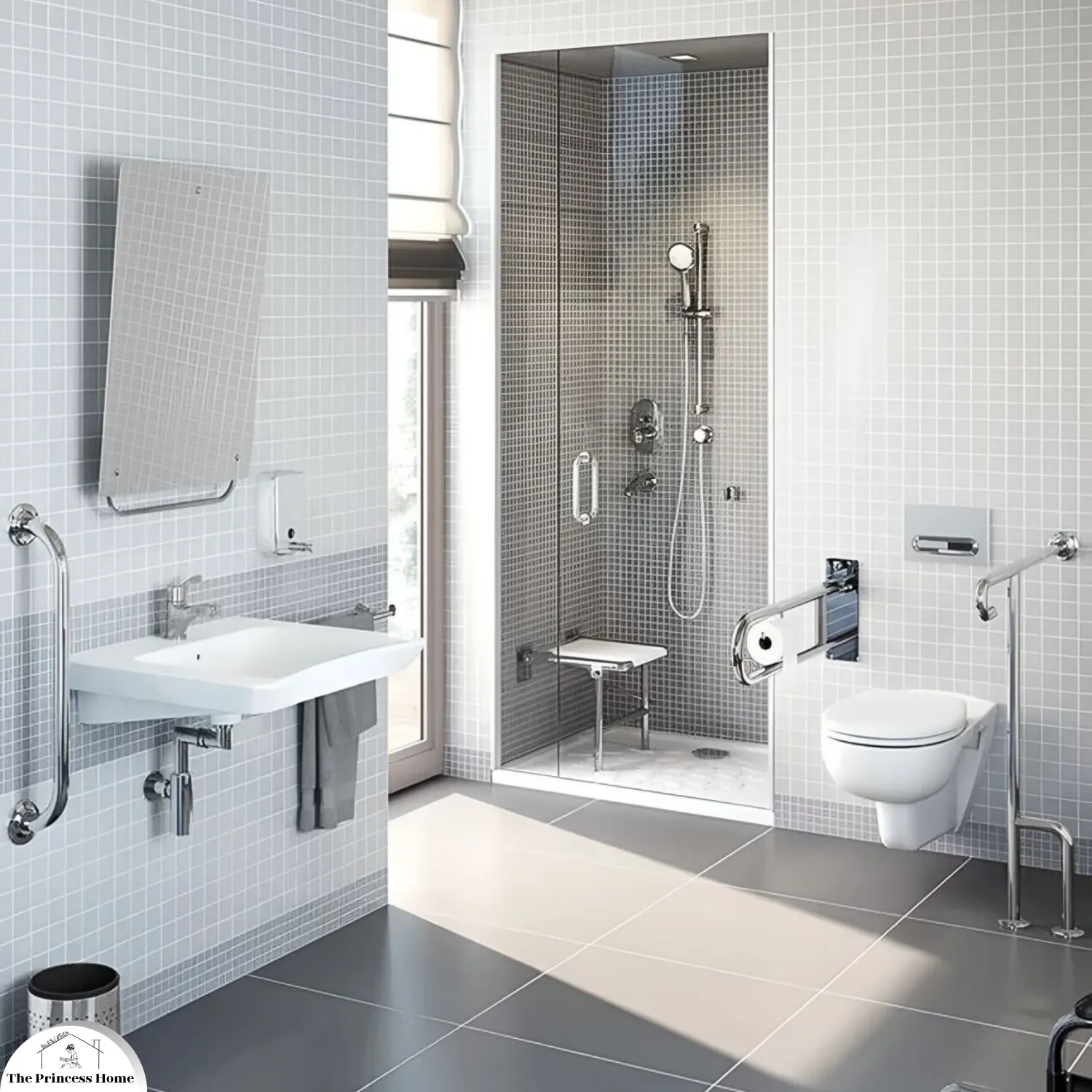
21. Design for Accessibility
Consider universal design principles, such as wider doorways, lever-style faucet handles, or touchless features, to ensure the bathroom remains usable and comfortable as needs change over time.
Conclusion
Creating a secure and comfortable bathroom for all ages doesn’t require a complete remodel—small, thoughtful upgrades can significantly enhance safety and ease of use. Whether you’re caring for young children, supporting an aging parent, or simply safeguarding your own peace of mind, implementing these 21 bath safety tips will help ensure your bathroom is a safe, functional, and welcoming space for everyone in your household.
By proactively addressing potential hazards and prioritizing accessibility, you foster not just physical safety, but also confidence and independence for all who use the space.
Here are some frequently asked questions related to the article :
1. Why is bath safety so important?
Bath safety is essential to prevent accidents, especially in a wet and often slippery environment like the bathroom. Falls and injuries in the bathroom can be serious, so designing for safety is crucial for people of all ages and abilities.
2. What are some non-slip flooring options for the bathroom?
Non-slip flooring options include textured tiles, anti-slip mats, and non-slip coatings. These materials provide better traction on wet bathroom floors and reduce the risk of slipping.
3. How do I determine the right placement for grab bars?
Grab bars should be strategically placed near the shower or bathtub entry, by the toilet, and anywhere else that may require support. Ensure they are securely mounted and capable of bearing the user’s weight. Consult with a professional for proper placement.
4. Is a curbless shower entry suitable for all bathrooms?
While a curbless shower entry is ideal for improving accessibility and safety, it may not be feasible in all bathrooms due to structural limitations. In such cases, consider a low curb or a ramped entry.
5. What is the purpose of an anti-scald device in the bathroom?
An anti-scald device, such as a thermostatic mixing valve, helps regulate water temperature, preventing sudden bursts of scalding hot water. This ensures a consistent and safe water temperature during showers or baths.
6. How can I make a bathroom more accessible for wheelchair users?
To make a bathroom wheelchair accessible, ensure wider doors with an accessible swing, create a clear floor space for maneuvering, lower storage solutions, and install grab bars for transferring to and from the wheelchair.
7. What is the difference between GFCI outlets and regular outlets in the bathroom?
GFCI (Ground Fault Circuit Interrupter) outlets are specifically designed for areas near water sources. They automatically shut off the power if they detect a fault, reducing the risk of electrical shock in wet environments.
8. How often should I check and maintain bath safety features?
Regular maintenance is essential. Check and maintain safety features like grab bars, non-slip materials, and safety devices on a yearly basis or as needed to ensure they are secure and in good working condition.
9. Are there any grants or funding options available for making a bathroom more accessible?
Some government programs and nonprofit organizations offer grants or funding for home modifications to enhance accessibility. Check with your local authorities or organizations dedicated to assisting individuals with disabilities for more information.
10. Can bath safety features be aesthetically pleasing in design?
Yes, bath safety features can be both functional and visually appealing. Many safety products are designed to blend seamlessly with the bathroom’s decor, ensuring that safety doesn’t compromise the aesthetics of the space.


